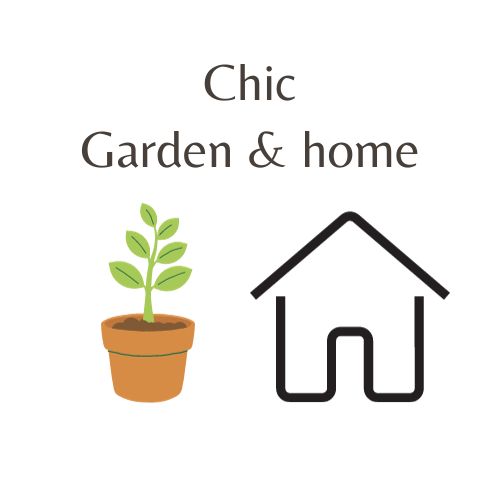The Best Low-Light Indoor Plants That Thrive Even in Dark Rooms
Maintaining a thriving indoor garden can be a challenge, especially for those of us who have, regrettably, been plant casualties in the past. But fear not! We’ve got you covered with a list of low-light plants that can survive and even thrive with minimal sunlight.
Snake plants and ZZ plants are renowned for their ability to thrive in low-light conditions, making them ideal for those lacking in sunny spots. If you’re looking for something a bit more dramatic, parlor palms and Madagascar dragon trees are perfect for larger spaces that don’t get a lot of natural light.
For those who are new to plant parenting or simply prefer low-maintenance options, spider plants and pothos are excellent choices. They’re easy to care for and can be a great starting point for expanding your indoor jungle.
Still not sure which low-light plant is right for you? We’ve compiled a list of 27 of the best low-light indoor plants, complete with care instructions, pros, and cons, to help you make an informed decision. Happy potting!
Large Snake Black Coral
PROS:
- Needs water only once a month or so
- Drought tolerant
CONS
- Toxic to pets
Water: Every two to three weeks, allowing soil to dry out between waterings
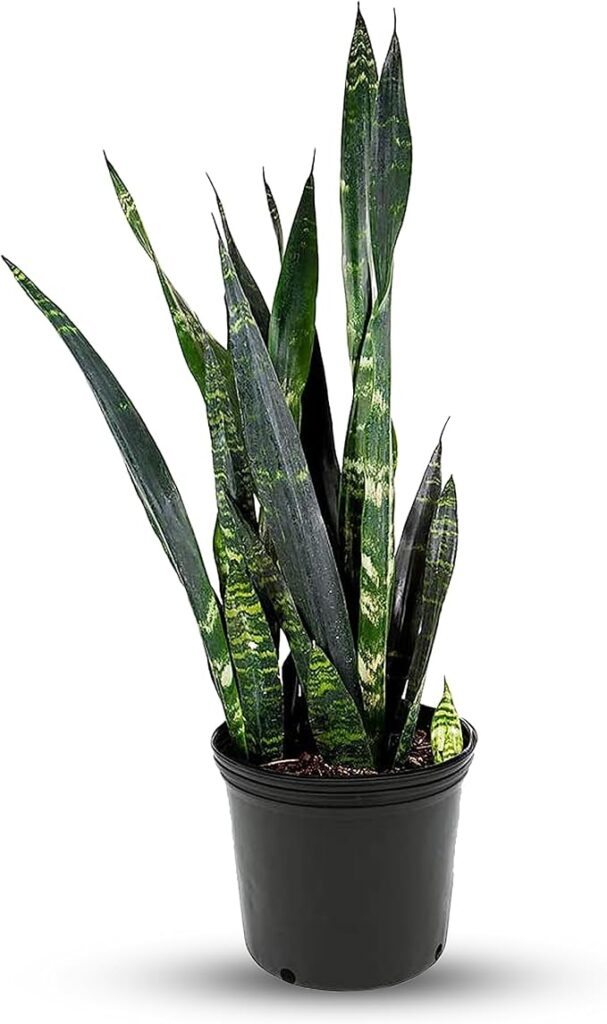
Rabbit Foot Fern
PROS:
- Safe for pets
- Great for plant beginners
CONS
- Direct light will burn the leaves
Water: Once a week
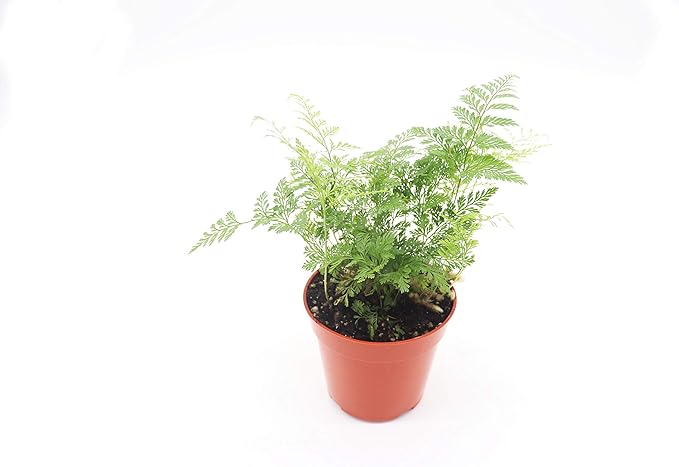
Live Prayer Plant
PROS:
- Pet friendly
- Improves air quality
CONS
- Easy to overwater
Water: Every two weeks
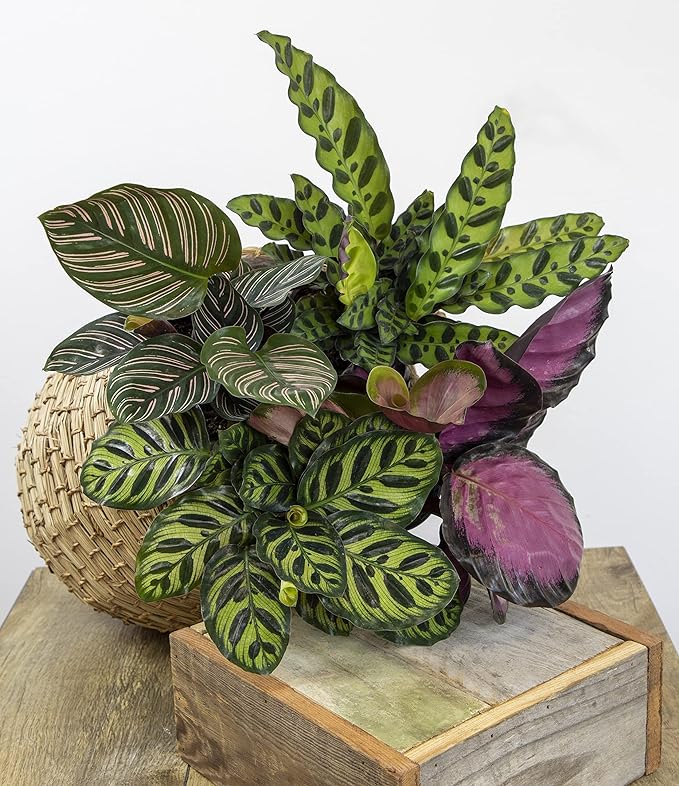
Parlor Palm
PROS:
- Low-maintenance watering schedule
- Improves air quality
- Pet friendly
CONS
- Needs lots of humidity
Water: Every one to two weeks
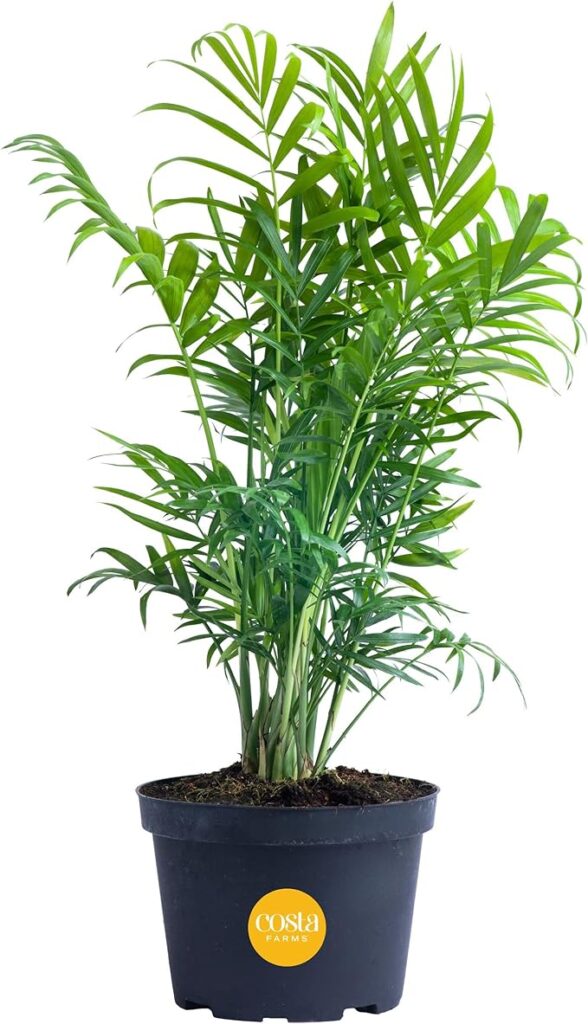
Lucky Bamboo
PROS:
- Comes in white ceramic pot
- Purifies air and adds humidity
- Thrives in light shade and indirect sunlight
CONS
- Toxic to pets
Water: Once a week, enough to cover the roots
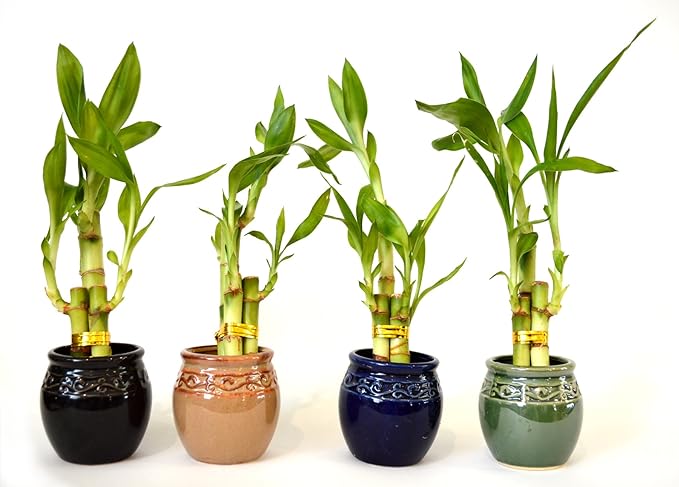
Benjamina Ficus Tree
PROS:
- Arrives up to three feet tall
- Thrives in bright, indirect light
CONS
- Toxic to pets
Water: Two to three times a week

Bromeliad Plant
PROS:
- Planted in premium soil with fertilizer
- Ships in lightweight pot with drainage holes
- Thrives in bright, indirect light
- Nontoxic to pets
CONS
- Mother plant will decline because it grows from bottom
Water: When soil is dry, about once a week
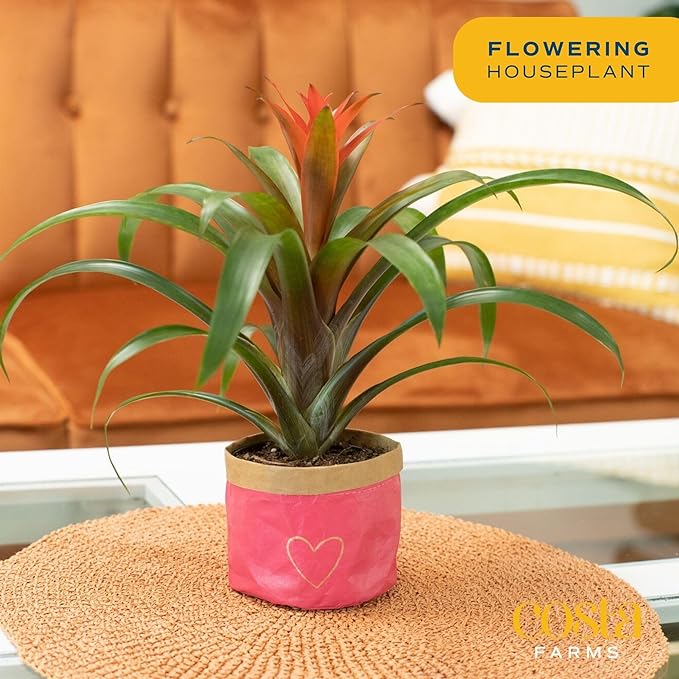
Devil’s Ivy Golden Pothos
PROS:
- Fresh from the farm
- Comes in a stylish pot
- Thrives in bright, indirect ligh
CONS
- Grows extremely fast
- Toxic to pets
Water: One cup of water per week
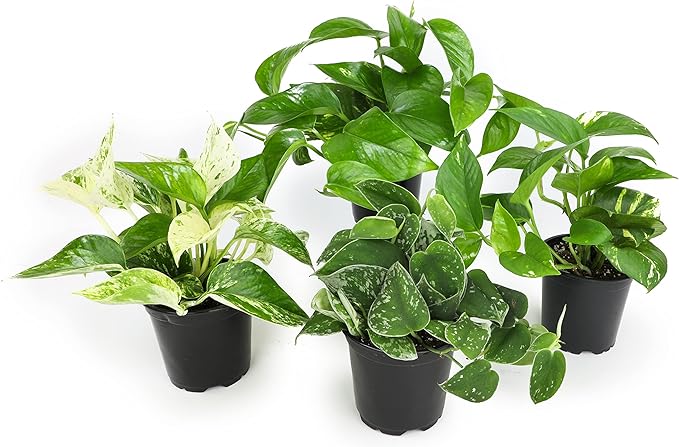
Madagascar Dragon Tree
PROS:
- Nontoxic to dogs
- Thrives in bright, indirect light
CONS
- Leaves fall off quickly when not watered enough
- Toxic to cats
Water: Once a week

Spider House Plant
PROS:
- Nontoxic to pets
- Thrive in bright to moderate indirect sunlight
CONS
- Soil needs to be kept moist
Water: Once a week

Monstera Plant
PROS:
- Air purifying
- Thrives in bright, indirect light
CONS
- Toxic to humans and pets
Water: Once a week

Dieffenbachia Plant
PROS:
- Easy watering guidelines
- Thrives in indirect light
CONS
- Toxic to pets
Water: Once every two weeks
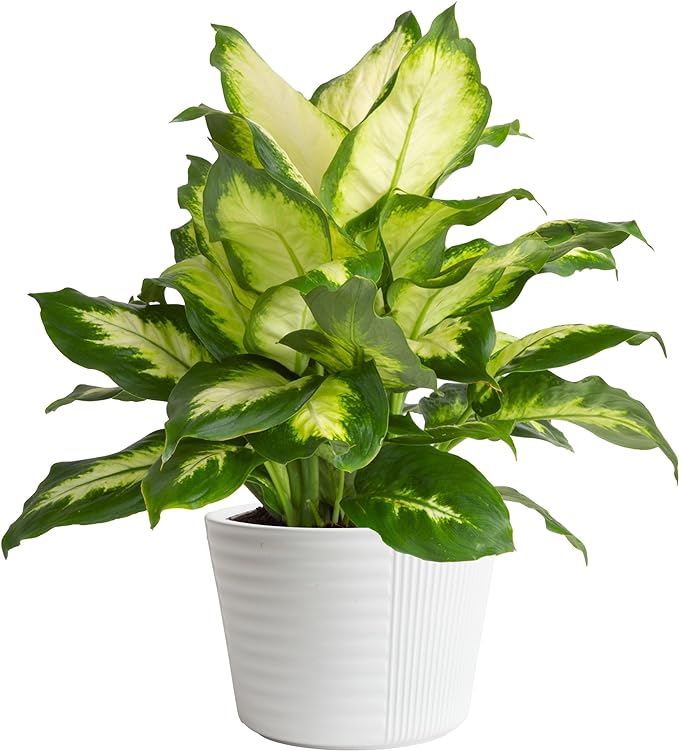
ZZ Plant
PROS:
- Thrives in indirect light
CONS
- Toxic to pets
- Leaves get wrinkly if underwatered
Water: Once every two weeks
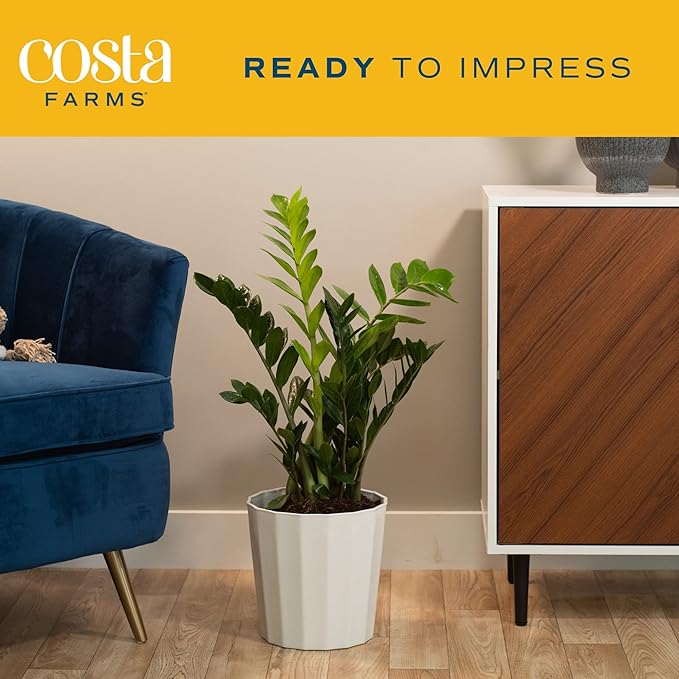
What Is the Best Indoor Plant for Low Light?
From the snake plant to the staghorn fern, there are plenty of plants that thrive in low light. We’d recommend starting with an easy plant like lucky bamboo or pothos and going from there.
Which Indoor Plant Does Not Need Light?
All plants need light, but some definitely need less and can be just as happy in artificial light as they are in sunlight. The ZZ Plant, aka the eternity plant, is actually happier away from sunlight. In fact, bright light will end up burning the leaves and keep the plant from growing. Don’t worry, that doesn’t mean you have to shower it with water—this plant is drought resistant and, according to The Sill, actually doesn’t need much watering. It absorbs water in its leaves, which allows it to stay hydrated for longer. It’s a great choice for a beginner plant parent or a desk or office setting.
